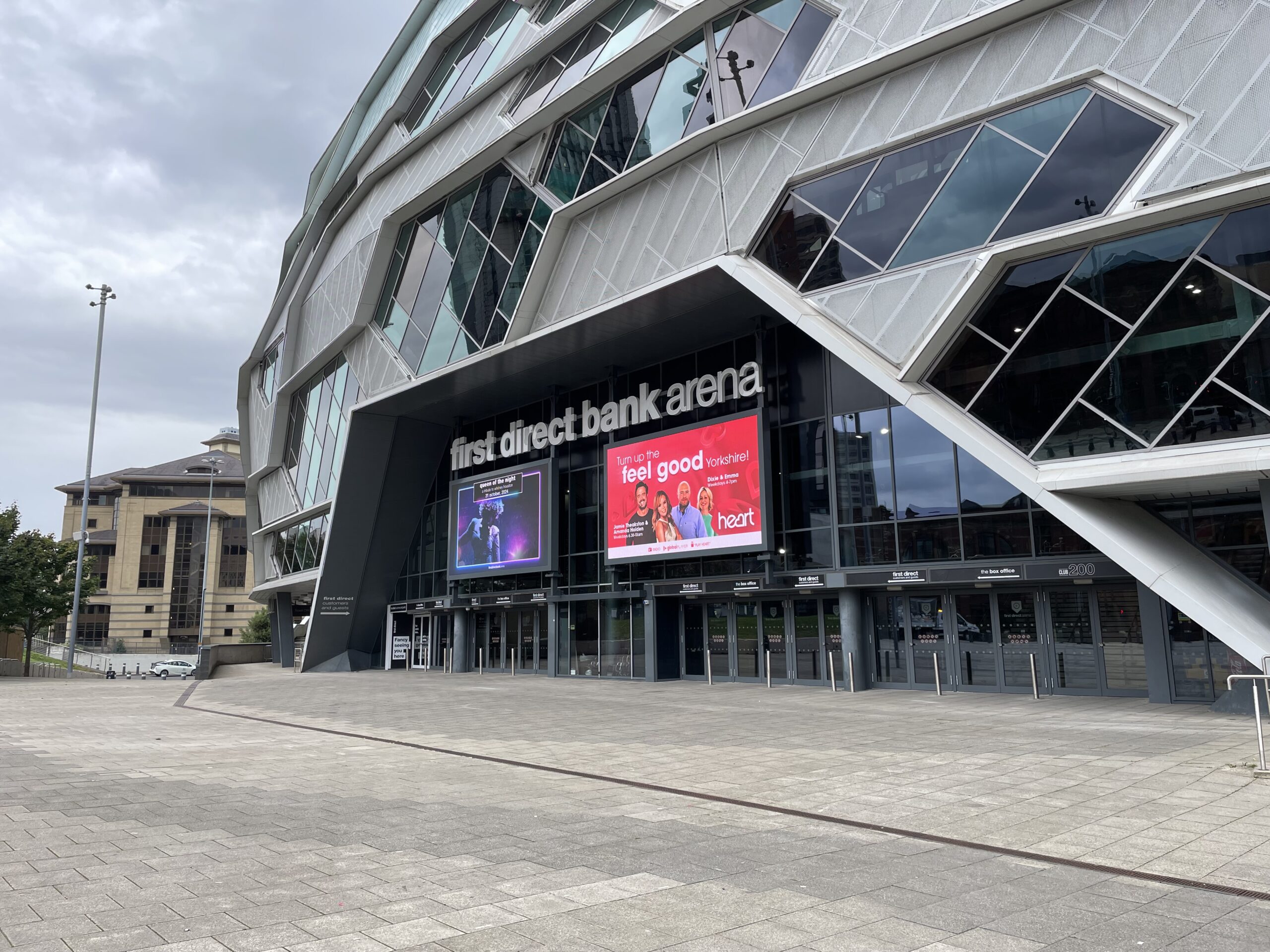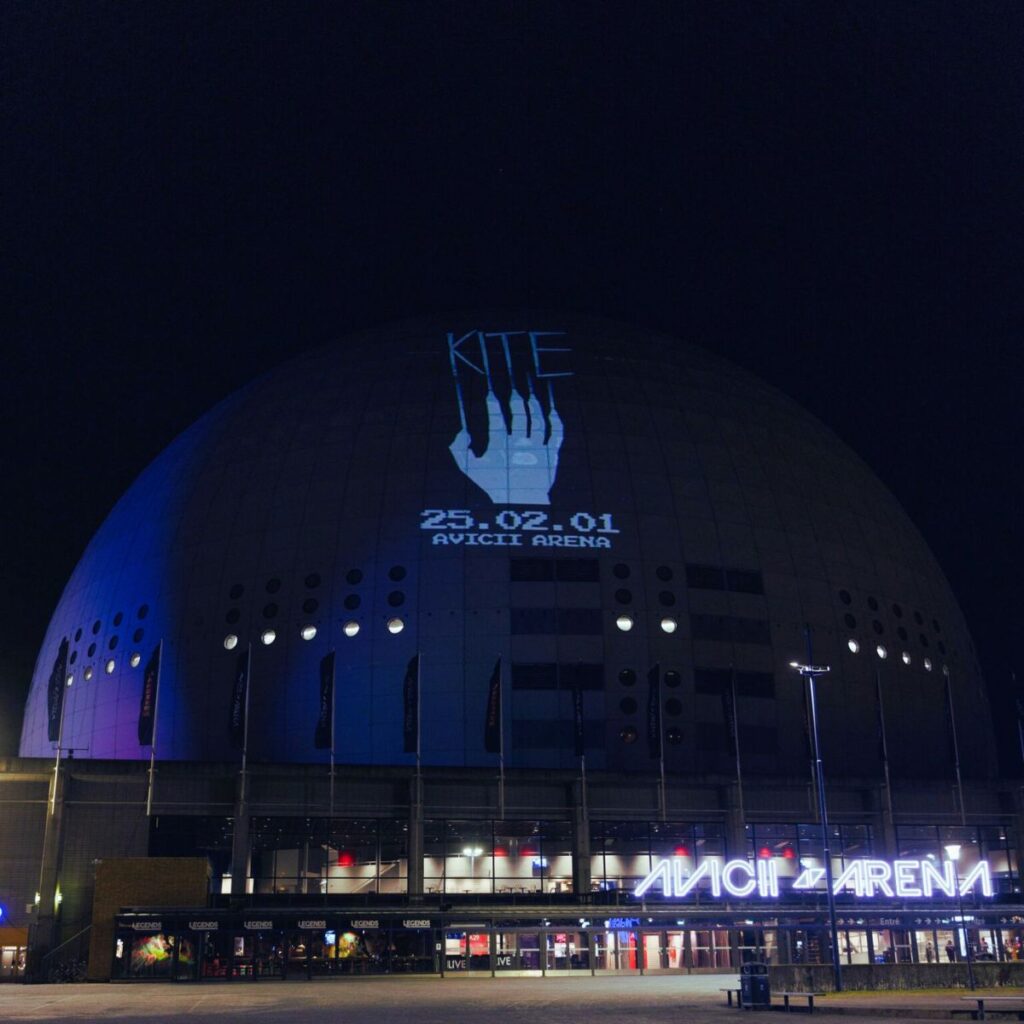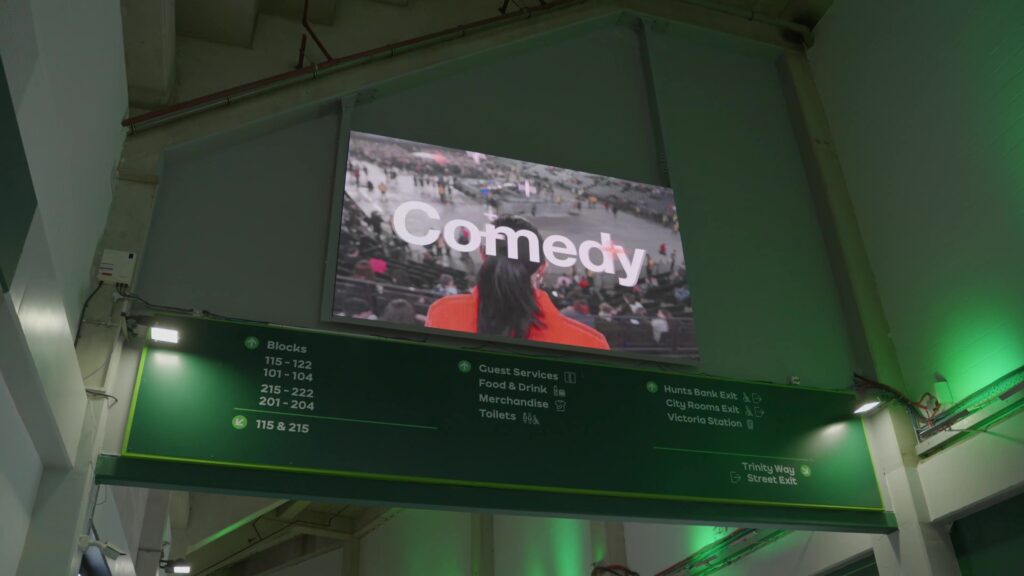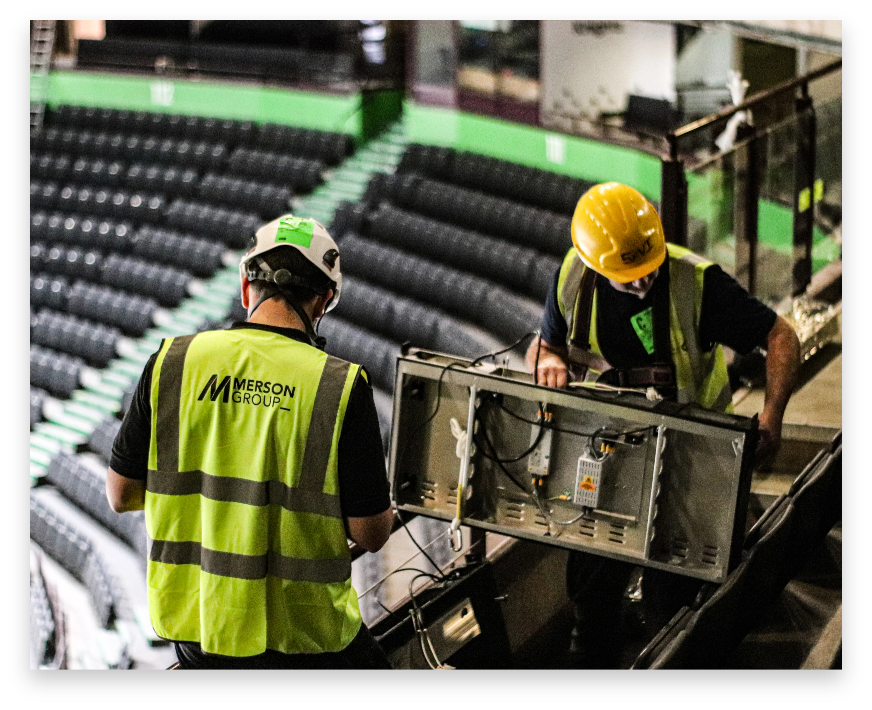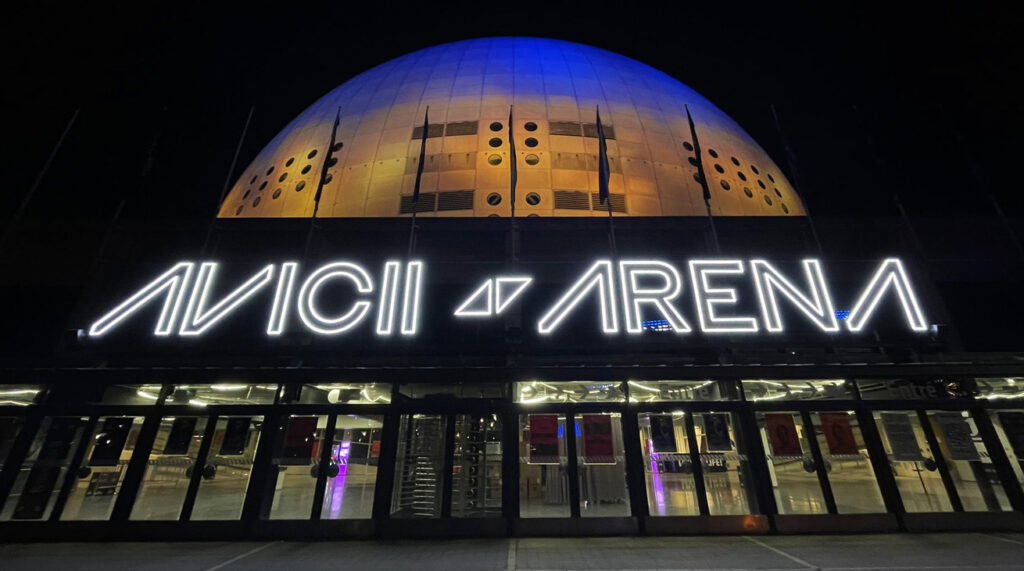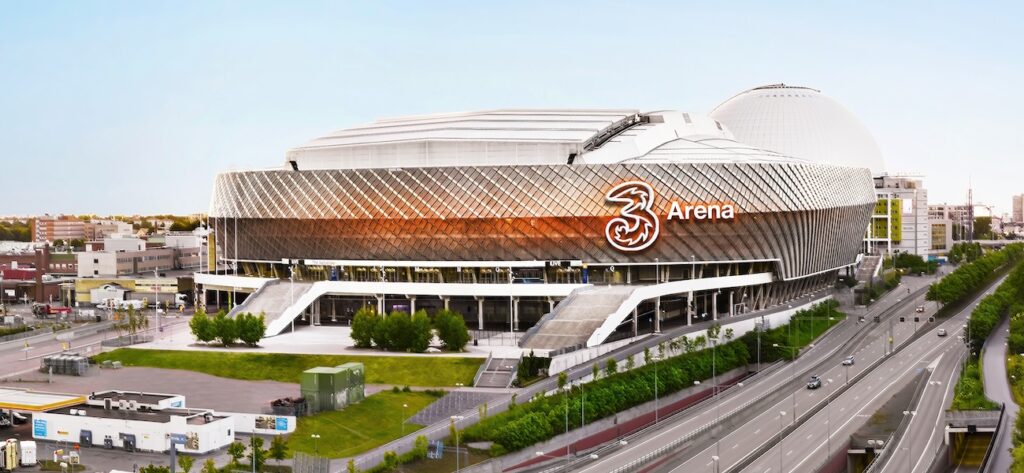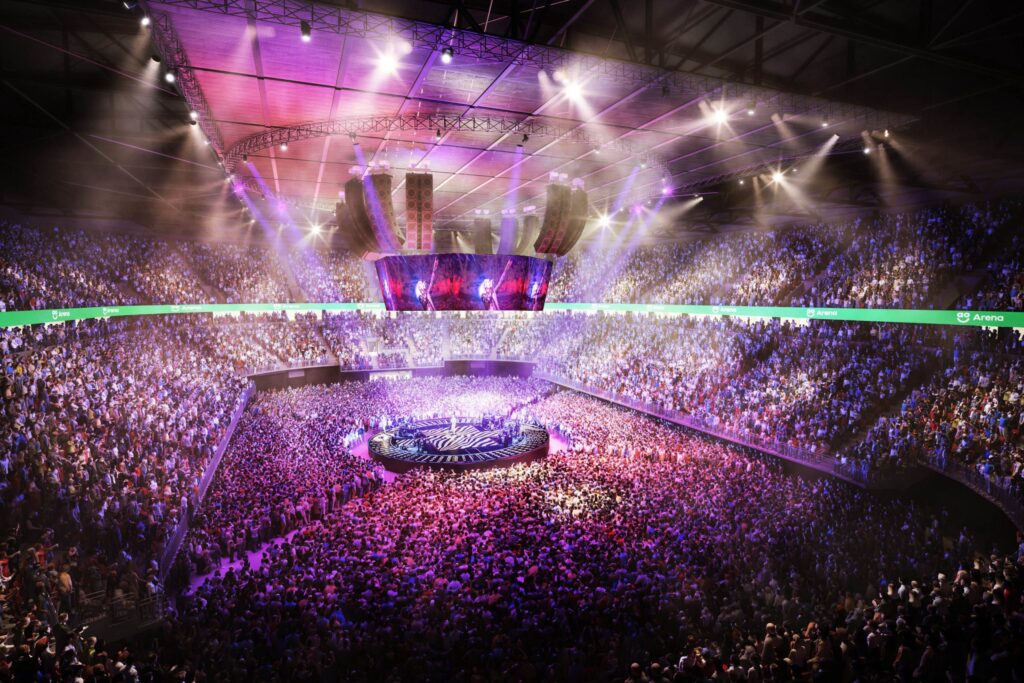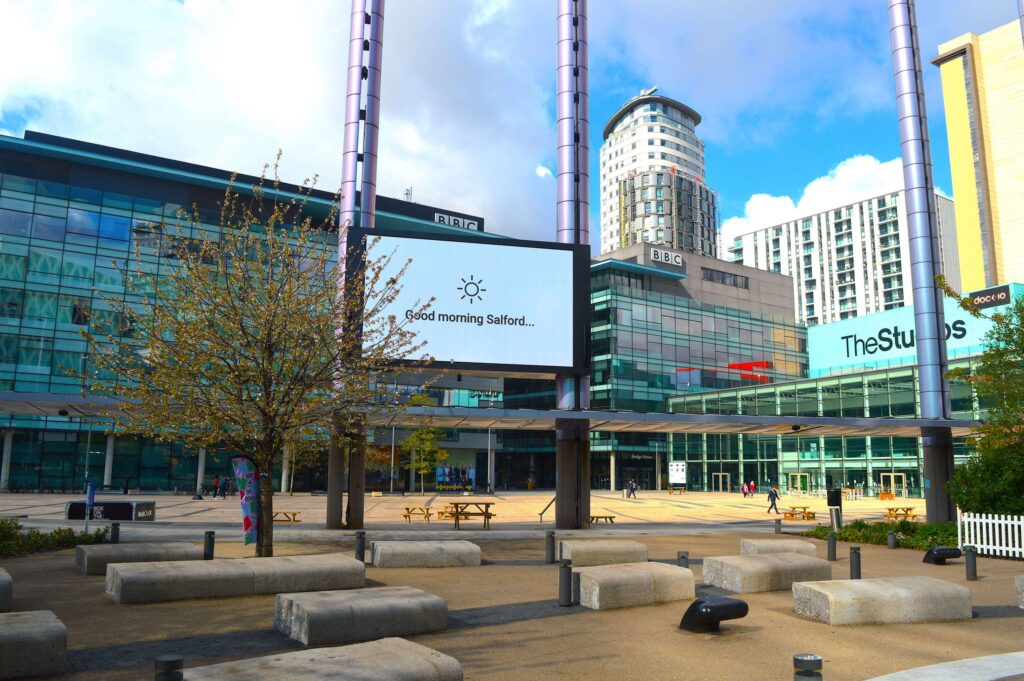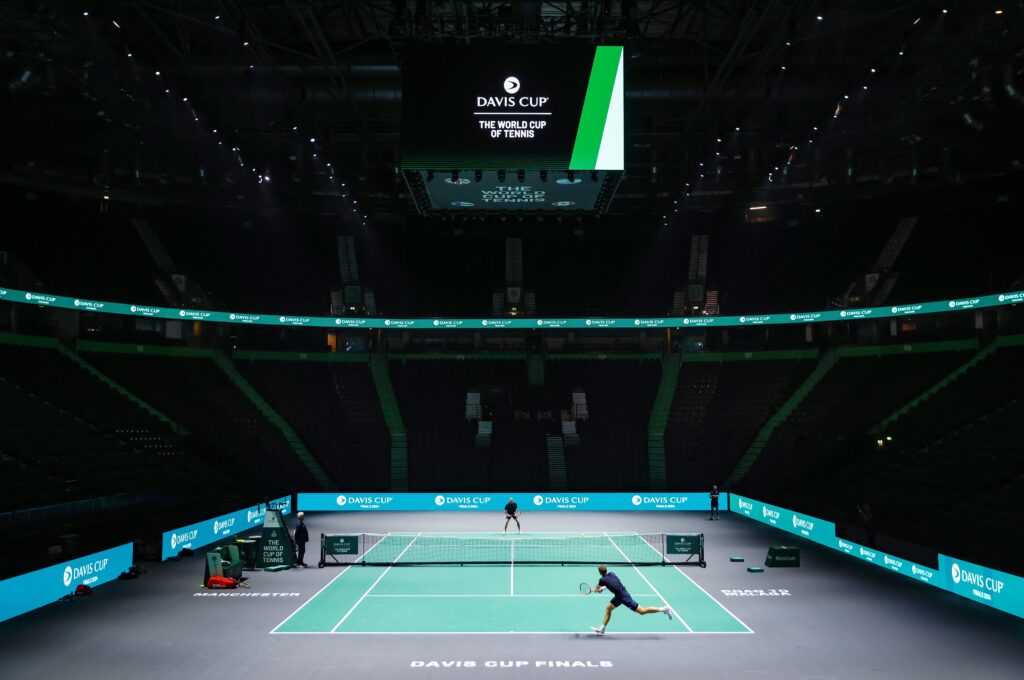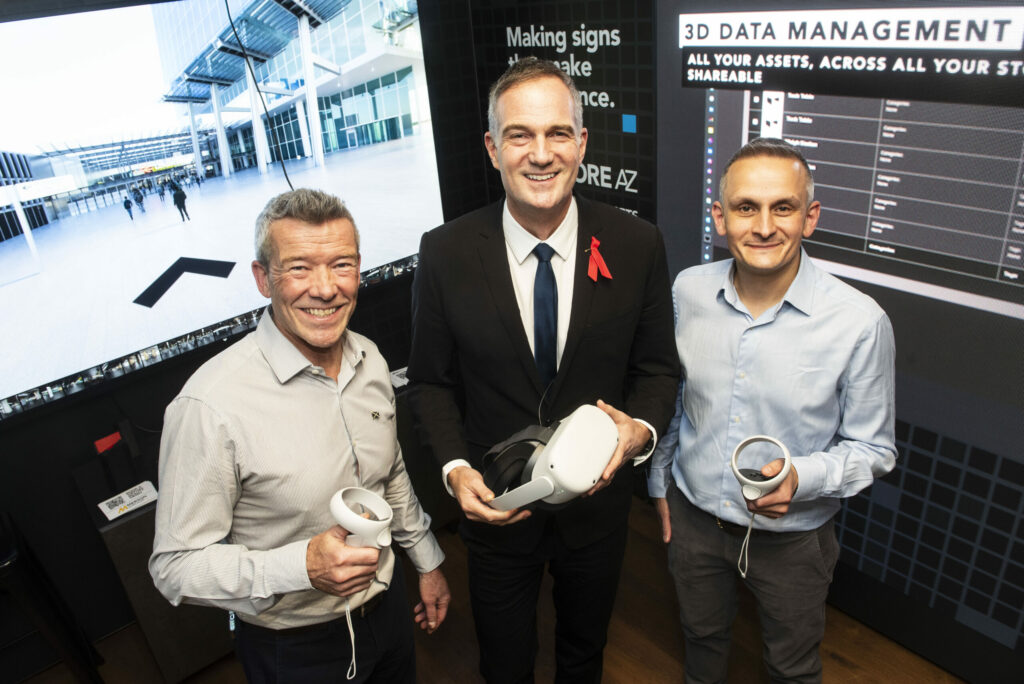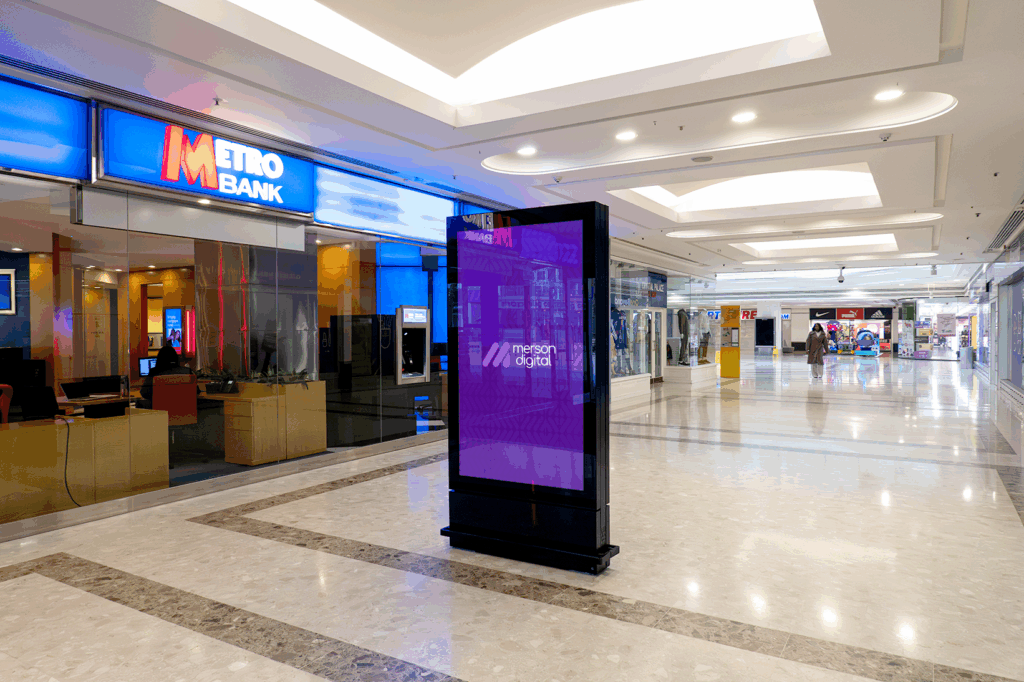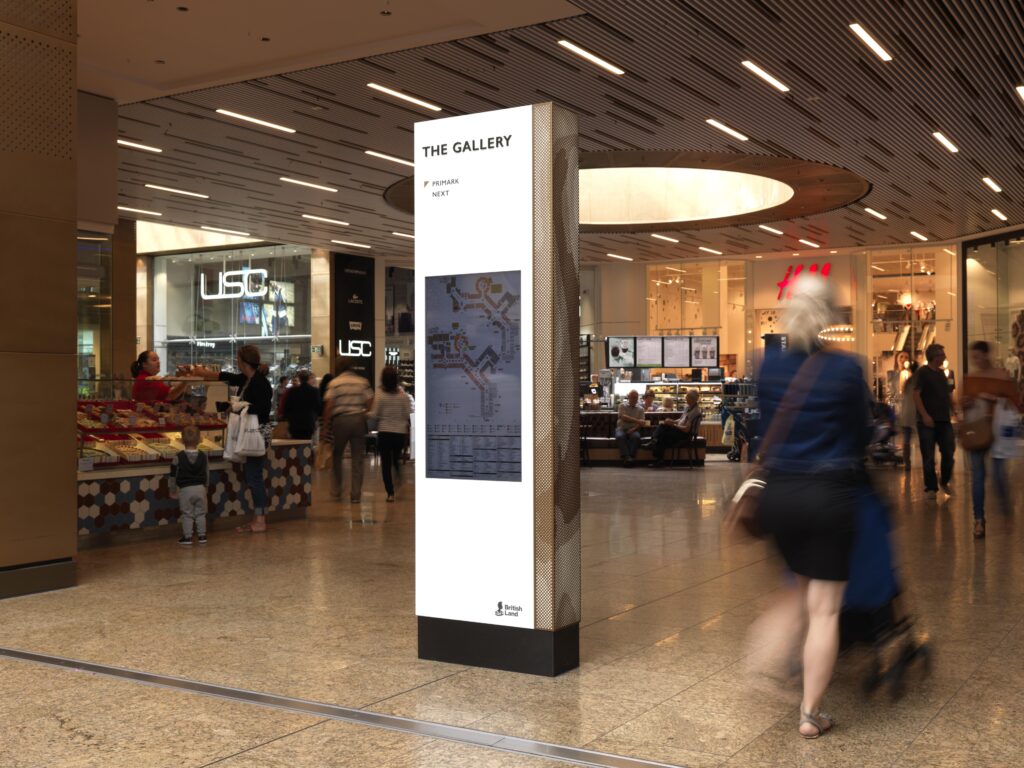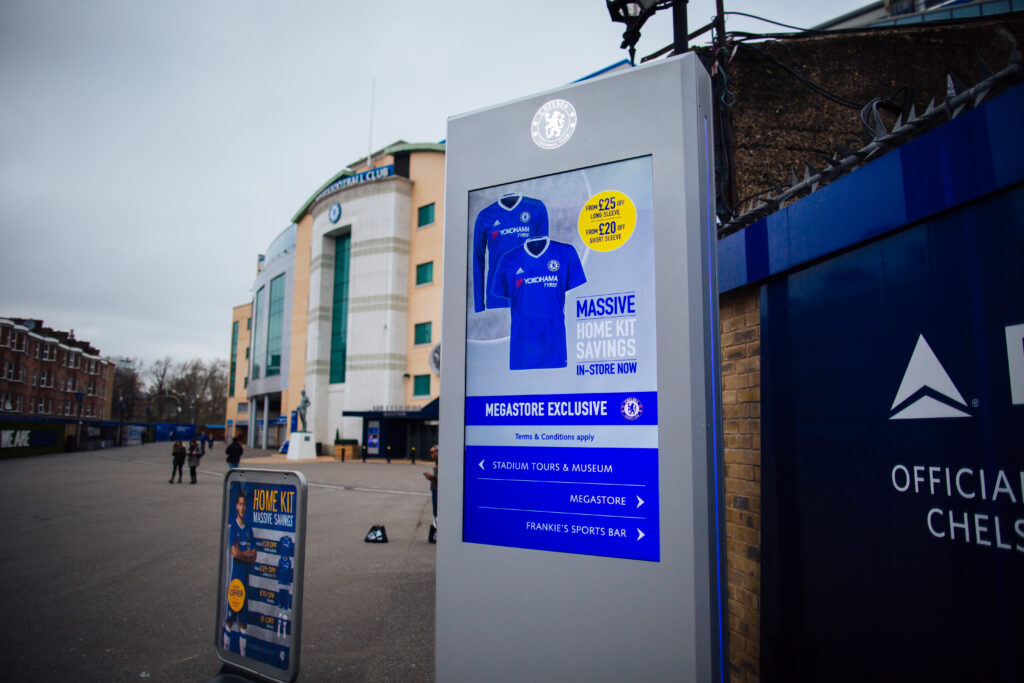By Georgie Holgate-Stuckey
Running a stadium’s digital signage network isn’t just about powering screens…
It’s about delivering the right content to the right place at the right time. With dozens, even hundreds of displays spread across concourses, entrances, hospitality zones, and pitch side perimeters, stadium content management is now a discipline of its own.
Whether you’re showing live match stats, sponsor campaigns, food offers or emergency messaging, your system needs to handle complexity, scale, and speed.
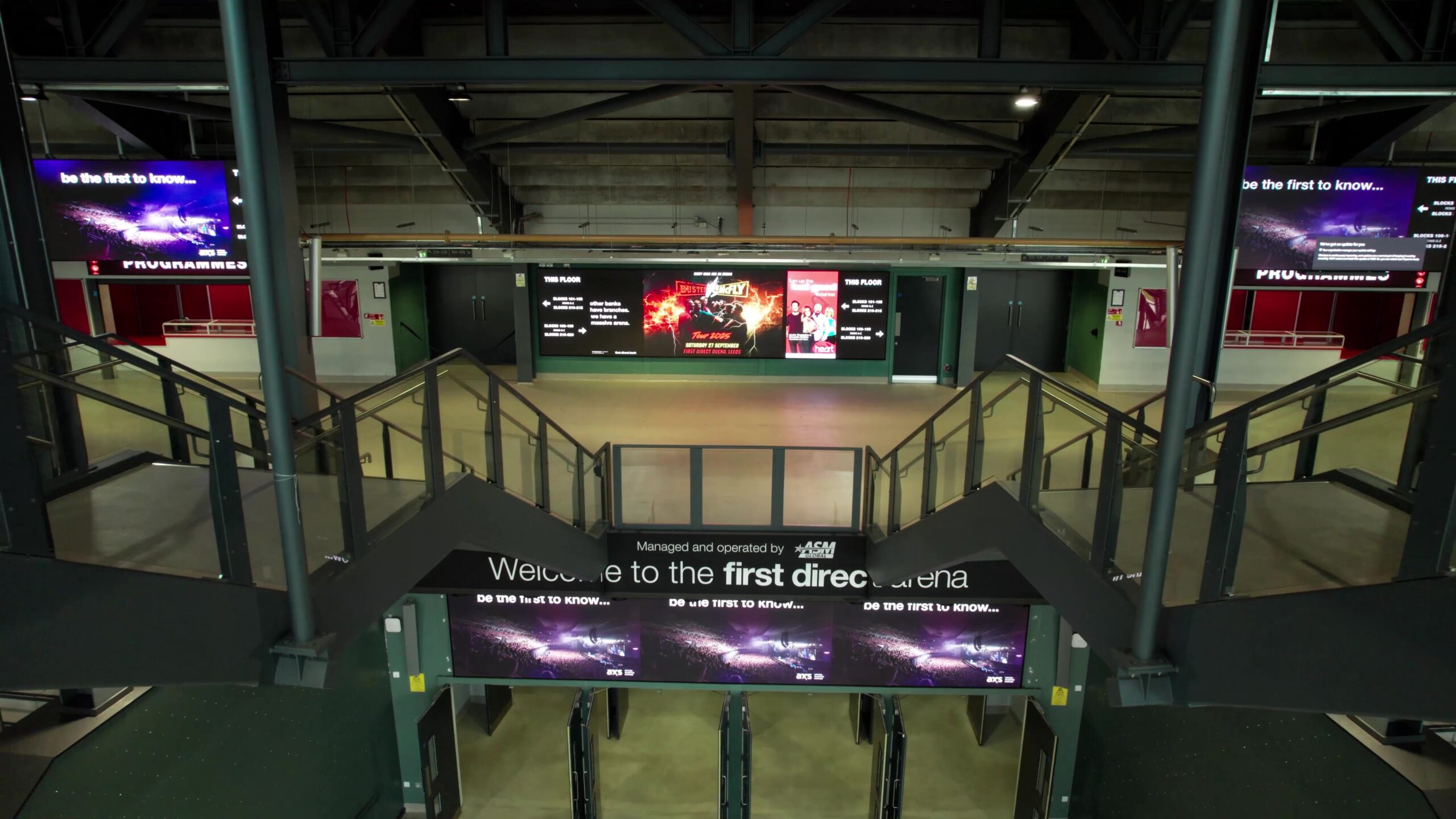
From Playback to Performance
Traditionally, stadium signage was loop-based, content played in fixed order, regardless of time or context. Today’s fans and sponsors expect more. They want:
- Live responsiveness
- Audience-specific targeting
- Dynamic updates that reflect real-world context (e.g., goals, weather, time of day)
This demands a content management system (CMS) built for live operations, not just scheduling.
Centralisation and Localisation
The first priority is control. A robust CMS should allow centralised management of content across all displays, with the flexibility to localise messages by zone. For instance, hospitality areas may require premium branding and exclusive partner content, while concourses run offers for merchandise or food & beverage.
Smart zoning lets operators tailor messaging while maintaining consistency and compliance. It also ensures that every screen is doing a job, not just filling space.
Live Integration
The best systems support real-time data feeds. That means integrating your CMS with:
- Scoreboards and stats platforms
- Social media aggregators
- Weather APIs
- Security or alert systems
This level of integration lets you deliver more engaging and more functional content, like live stats on-screen, fan-generated social posts, or weather-sensitive promotions (e.g., “free ponchos if it rains!”).
User Roles and Workflow
Managing a stadium’s signage ecosystem is a team effort. Modern CMS platforms allow multiple users with specific roles, from content editors to scheduling leads to security managers. This ensures accountability, reduces errors, and speeds up workflows.
Having approval flows and audit logs is particularly important in commercial venues where brand partners and sponsors are involved.
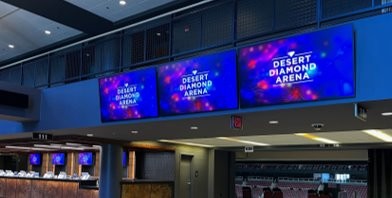
Fail-Safes and Monitoring
Nothing undermines trust faster than a blank screen or broken message.
Your CMS should include playback monitoring, so your ops team knows exactly what’s playing (or not) at any moment. Alerts for screen outages, playback failures, or missed content syncs should be built in, not bolted on.
This not only protects commercial value, but also keeps emergency messaging systems compliant.
Preparing for Match Day
Game day changes everything. Content windows shrink. Timings must be precise. Sponsors demand visibility during key moments. The CMS must support pre-scheduled triggers as well as instant overrides.
In elite stadiums, content operators often sit pitch-side with tablet-based control dashboards, ready to push specific content when a goal is scored or a half ends.
Conclusion
Effective stadium content management isn’t just about pushing pixels, it’s about delivering relevance, speed, and accountability at scale.
With the right CMS setup, you turn your screens from static displays into dynamic brand and fan engagement tools.
